At face value running doesn't have much going for it for the beginner runner. Hence why only 5.5 per cent of Londoners run regularly.
So if you're new to running and you've heard all these tales of blissful runner's highs and magical marathon experiences, how do you work your way through the mire to find the elusive pot of running gold at the tip of this seemingly endless rainbow of running pain?
As a running coach, I've guided hundreds of new runners to their goals and I'd argue that three things help people develop a lifetime love of running:
1. Running in beautiful paces
2. Running with great company
3. Running with a goal
Thankfully, London is a place that can easily meet all three of these goals.
Beautiful Places
Thanks to its flat-to-rolling terrain and its abundance of great parks, it has truly world-class running routes. Bushy Park, Richmond Park, the Thames Path, the Green Chain, Hampstead Heath and I could go on—all of them are fantastic and just waiting for you and your trainers to enjoy their trails.
Great Company
London also has a wonderful running community with over 40 parkruns, 100s of running clubs and running groups to suit all abilities and speeds, and races every other day. There are almost half a million runners in this city, so there are bound to be at least one or two runners out there who happen to share both your running speed and your unique sense of humour!
Goals
The great thing about running is that you can track your progress very easily. Unlike looking in the mirror or weighing yourself on scales, the stop watch is a trustworthy and objective measure of your fitness. However, before you get to the stage of beating personal best times, it's a good ideas to challenge yourself to complete distances.
After a few weeks of running you might start with completing your first non-stop 5k (or 3mi). Then step up to something longer like 6mi. A great inner city route to do 6mi is to start from London Bridge and run a loop out to Westminster Bridge and back (4.4mi), then complete the figure-of-eight by running over Tower Bridge and back to London Bridge (1.6mi).
Putting Them Together
The fun really kicks in when you combine scenery, company and a distance goal. And with so many beautiful parks around London, why not set about rounding up a few friends to complete a perimeter of the park and gradually tick them off your bucket list?
Greenwich Park (2mi), Regent's Park (with Primrose Hill, 4.0mi), Hyde Park & Kensington Gardens (4.3mi), Bushy Park (6.6mi), Richmond Park (7.25mi)—plus many more (here's a list of park perimeter distances).
Falling in Love
Now you've got these three weapons in your running arsenal (of scenery, company and goals), aim to achieve one goal on every run you do. So if you're running three times a week, the first might be a social run with a friend chatting the whole way, the next run might be a venture along a canal on a sunny morning or an autumnal explore through a nearby woodland, and the final run of the week will be a parkrun where you either go for distance (first 5k non-stop) or for time.
Try utilising one of these tools during your three runs each week and keep it up for three weeks. After that I guarantee you'll be starting to get a wee sniff of that elusive runner's high!
Let me know how you get on!
-- Hayden Shearman

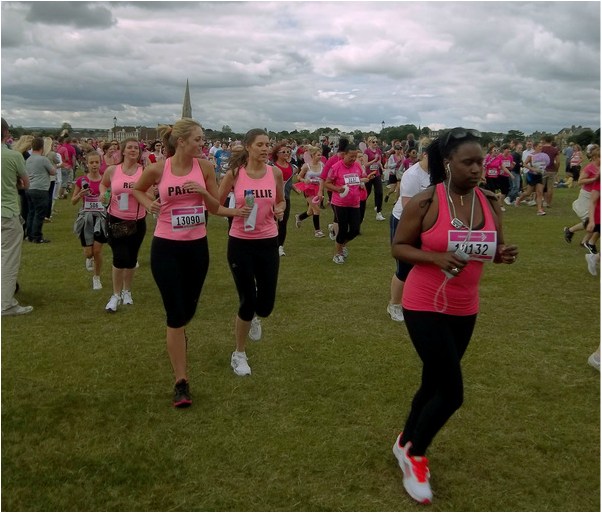
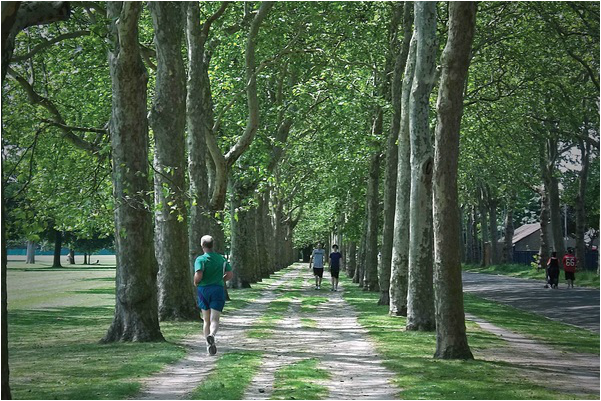
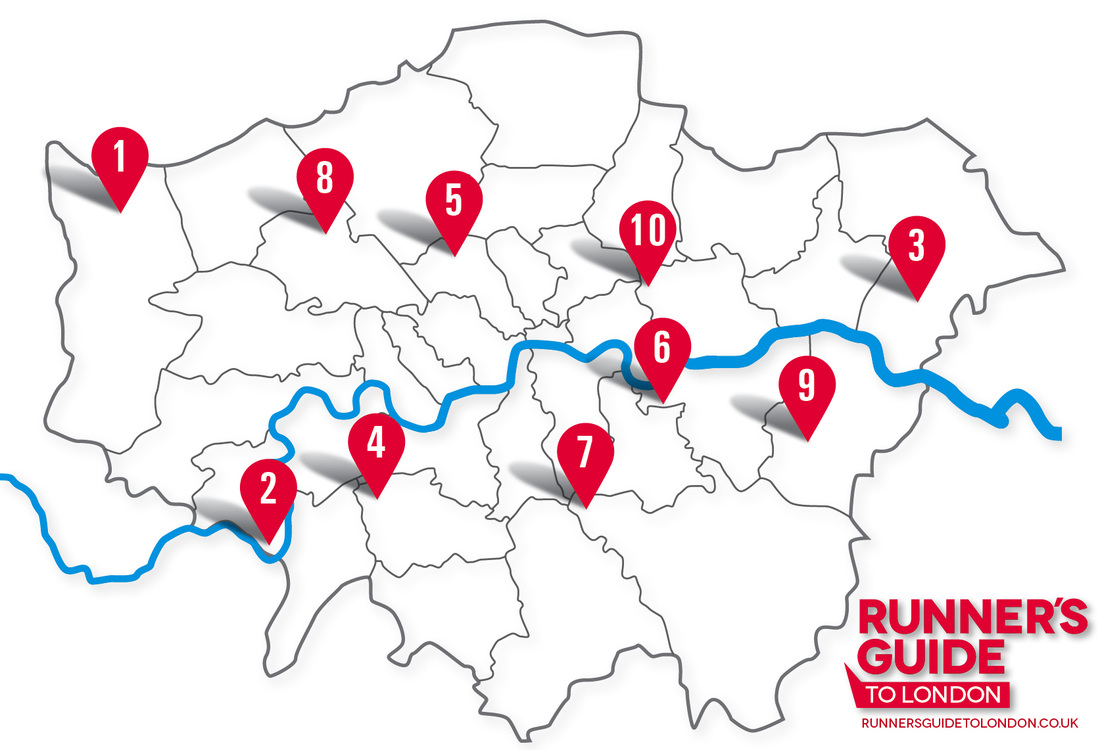
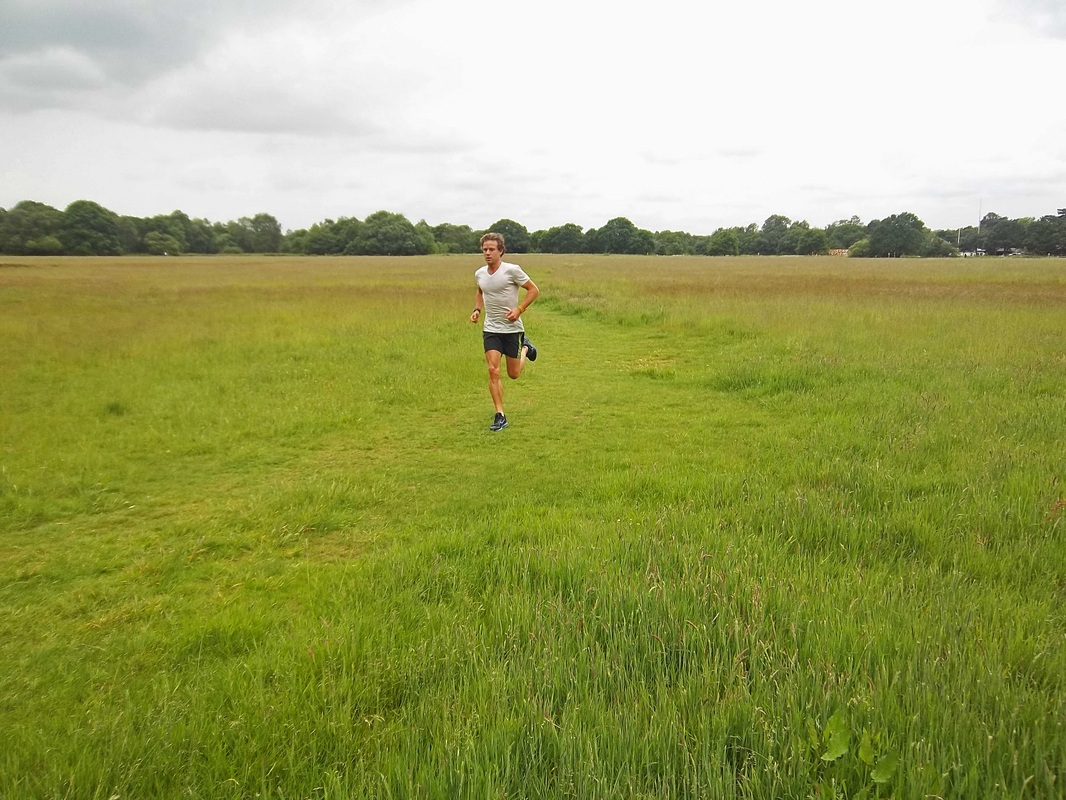
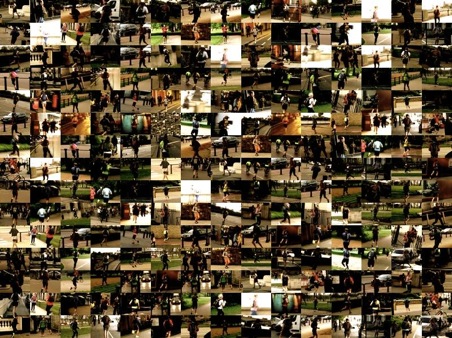
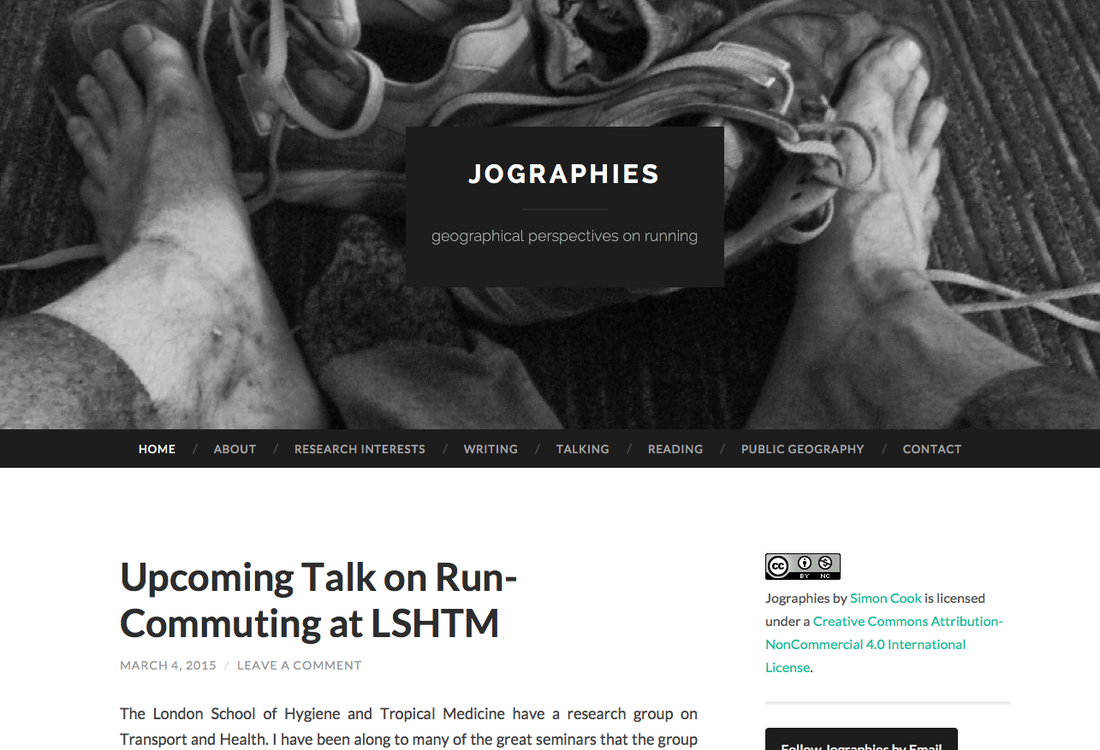
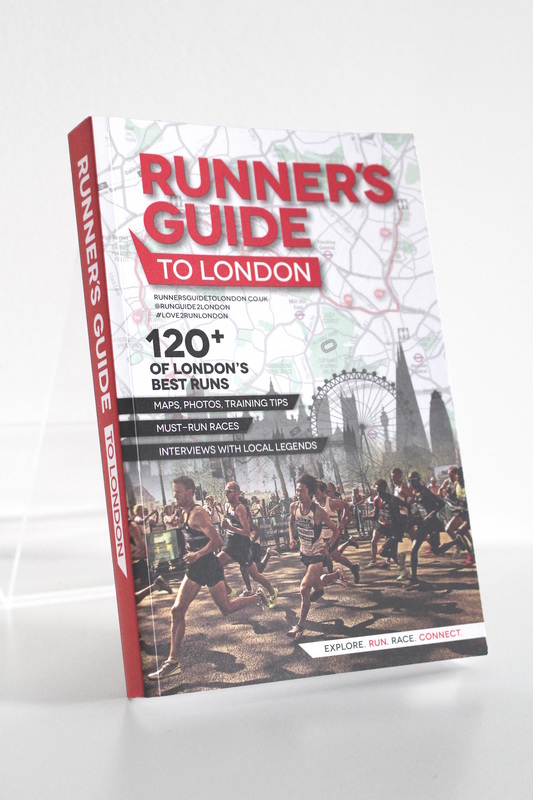
 RSS Feed
RSS Feed


